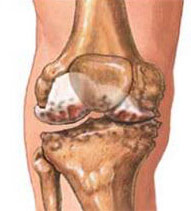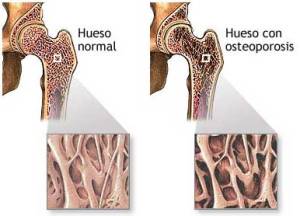Some people wonder that no matter how hard they tried stay fit and healthy through regular exercise, they tend to develop osteoarthritis, medical experts says. One factor that is being considered is that it might be genetic, which runs in the families, and there appears in particular to be a genetic link among women yet was advised to avoid metal-on-metal hip replacements.
Osteoarthritis has in the past been considered a predominantly stubborn disease affecting more people than any other form of arthritis. It is characterized by progressive loss of cartilage and bony margin overgrowth. However, it is now realized that the problem is not simply a degenerative cartilage disorder but a problem of all the tissues involved in maintaining joint stability, according to the arthritis.co.za website.
Cartilage is the slippery tissue that covers the end of the bone in a joint. If a person has a healthy one, it allows bones to glide over each other. It also helps absorb the shock of movement, the National Institute of Arthritis and Musculosketal and Skin Diseases says.
Women whose mothers developed osteoarthritis will probably find that they will develop it in the same joints at around the same age.
The other factor that is also considered a trigger in the development of osteoarthritis is the hormones. A landmark study shows that female hormones have an effect on the cartilage that sits between the bones of the joints and cushions of the bones to top the pain and allow the joints to move smoothly.
In laboratory studies of cells that form cartilage, experts have found that the female hormone estrogen protects cartilage from inflammation. Inflammation may lead to osteoarthritis. But after menopause, when women’s estrogen levels go down, they lose that protection and may have a higher risk of developing osteoarthritis even if they are on hormone-replacement therapy (HRT).
A recent study of 1.3 million women in their 50s found that hormonal and reproductive factors, such as going through puberty at an early age, having more children, and taking hormone-replacement therapy, were all related to whether they had had knee or hip joint replacement surgery, but the researchers don’t know what these connections mean. To know more about related issues about hip replacement, you may check the DePuy ASR Hip Replacement recall website.
Image Credit to:
pamf.org/sports/king/osteoarthritis.html
URL REFERENCES:
Arthritis.co.za/osteoarthritis_update.html
Niams.nih.gov/health_info/osteoarthritis_ff.pdf
arthritis.org/who-gets-osteoarthritis.php


